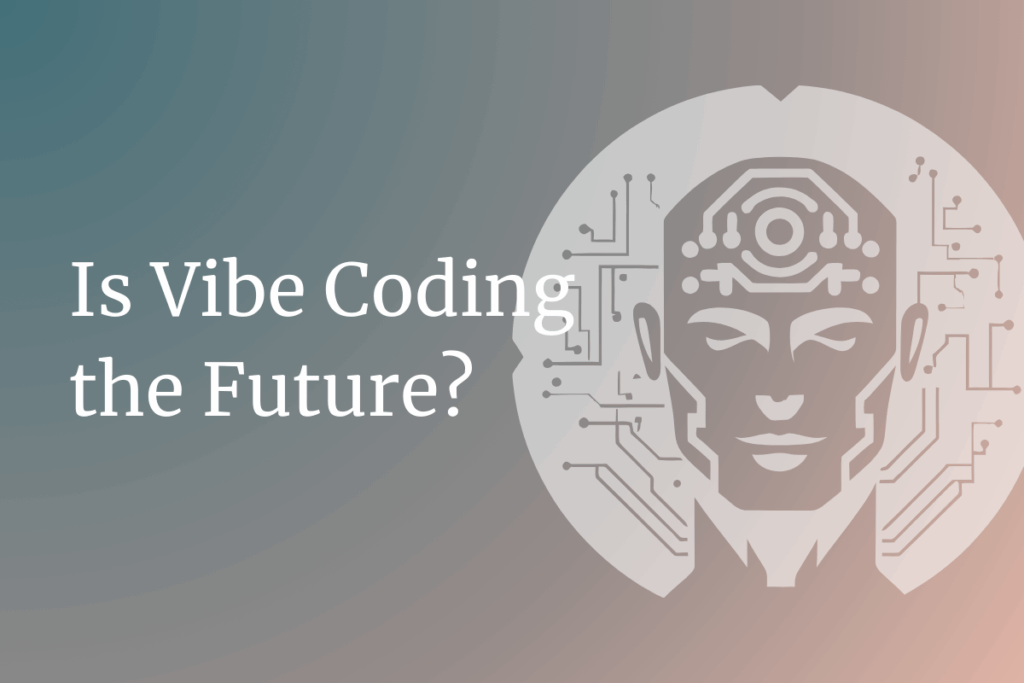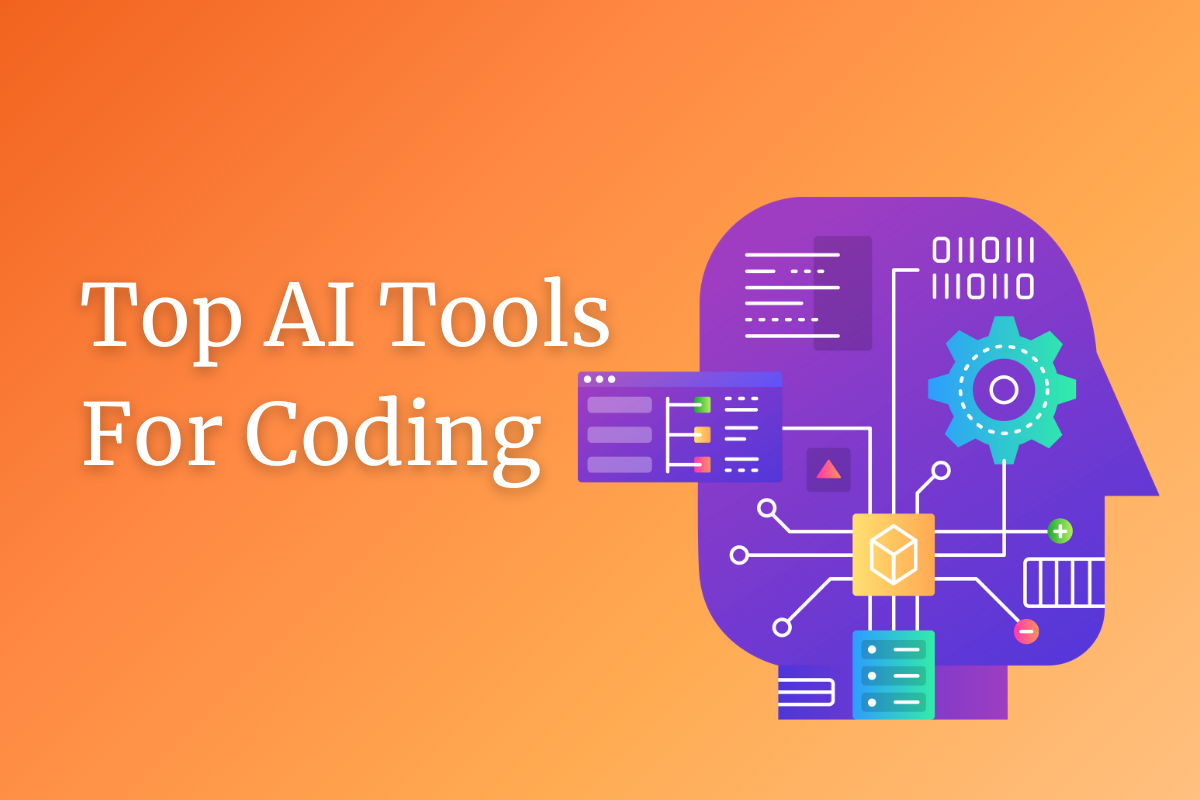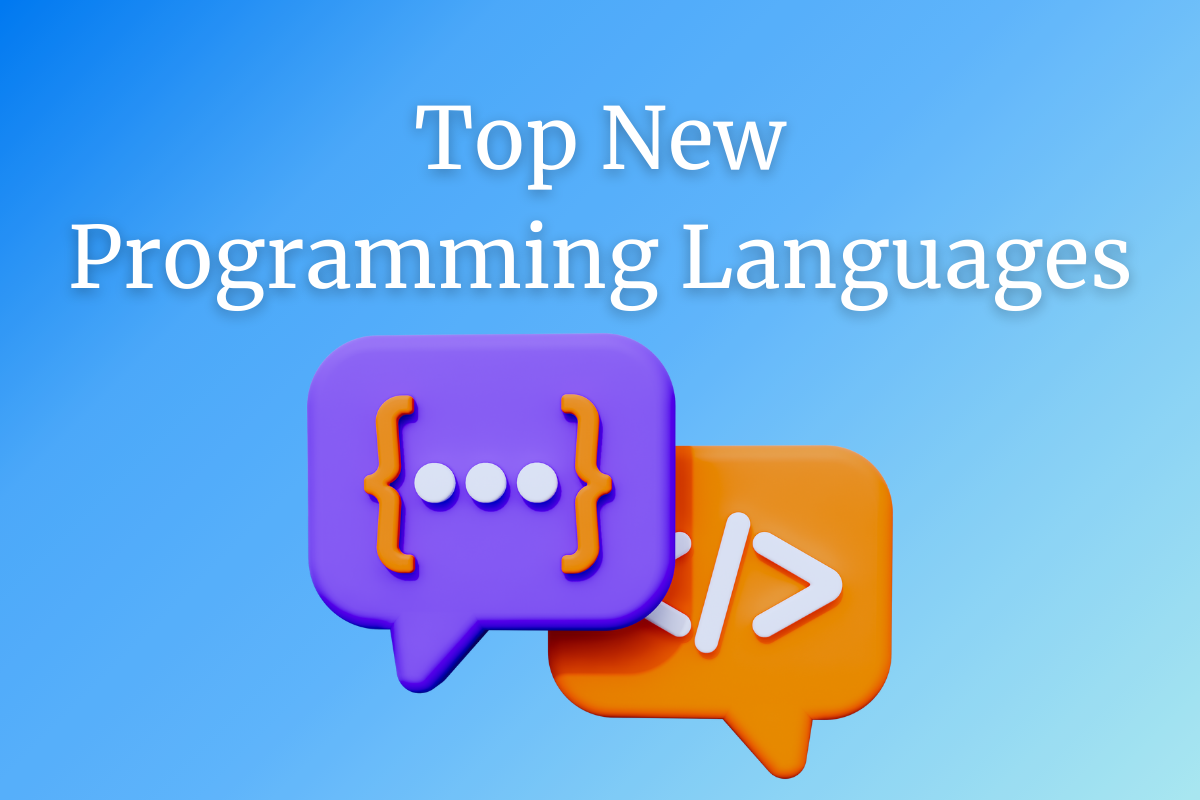You may or may not have heard about it, but it’s everywhere on the internet, with people discussing Vibe coding.
Yes, you read it correctly; this new concept was introduced by Andrej Karpathy, Co-founder of OpenAI, in February 2025. This innovative approach leverages artificial intelligence to enable software development through natural language prompts, allowing users, regardless of their technical expertise, to articulate their coding needs succinctly. This leads to generating functional code via large language models (LLMs) tailored for programming tasks.
The appeal of vibe coding lies in its promise to enhance productivity and democratize access to coding. Various AI tools, including OpenAI’s ChatGPT and Anthropic’s Claude, facilitate this process by allowing users to create code snippets simply by describing their requirements. Research indicates that teams utilizing vibe coding techniques can complete tasks approximately 30% faster than those relying on traditional methods. This highlights its potential to revolutionize project timelines and efficiency in the software development landscape.
However, the rise of vibe coding is not without its controversies and challenges. Critics express concerns about potential security vulnerabilities and the quality of AI-generated code, which may lead to complications in debugging and maintaining software. Additionally, the approach raises questions about the erosion of traditional coding skills and the reliance on AI tools, prompting debates about the future roles of developers and the balance between innovative coding techniques and established programming practices. As the industry navigates these challenges, the question remains: Is vibe coding a fleeting trend or a transformative shift that will define the future of software development?
Current State of Vibe Coding
Vibe coding, introduced by Andrej Karpathy in February 2025, represents a shift in the way software is developed. In Karpathy’s view, vibe coding involves writing code that “feels right” based on experience and pattern recognition, then making adjustments based on observed behavior rather than formal specifications or test-driven development approaches.
Vibe coding utilizes AI to interpret natural language and generate functional code based on user prompts. This AI-dependent programming technique enables users, including those without extensive coding experience, to describe a problem concisely, resulting in the generation of software through a large language model (LLM) designed for coding tasks. The rise of vibe coding has led to its recognition as a significant trend within the tech industry. Shortly after its inception, the Merriam-Webster Dictionary included its definition.
Adoption and Usability
As vibe coding gains traction, various AI tools are becoming more accessible and user-friendly, aiming to facilitate coding through natural language instructions. Popular platforms like OpenAI’s ChatGPT and Anthropic’s Claude are frequently utilized for vibe coding, allowing users to generate code snippets by simply describing their requirements in plain language. For example, users can request the creation of a simple HTML page or specific JavaScript functionality, and the AI can generate the necessary code blocks accordingly. While these LLMs do not execute or test the code generated, they serve as powerful coding assistants that can significantly enhance productivity and reduce the time required for software development.
Efficiency and Performance
Evidence suggests that vibe coding can significantly increase development speed and efficiency. A randomized controlled trial conducted with programming teams from a multinational corporation revealed that teams using AI-powered tools completed their tasks approximately 30% faster than those relying on traditional methods. Additionally, developers’ anecdotal experiences indicate that projects completed using vibe coding techniques can be completed in a fraction of the time compared to conventional programming approaches. These efficiencies enable faster testing and validation of ideas, allowing organizations to adapt more swiftly to market changes.
Impact on Software Development
The advent of vibe coding and AI-assisted development is transforming the software engineering landscape, leading to the evolution rather than the obsolescence of software engineers. As artificial intelligence increasingly handles routine coding tasks, developers are shifting their focus towards higher-level skills such as problem definition, system design, critical thinking, and communication. This change signifies a movement away from traditional coding towards orchestrating the creation of software solutions.
Emergence of Specialized Roles
With the evolution of software development practices, new specialized roles are emerging. Positions like “prompt engineers” are tasked with crafting precise instructions for AI, while “solution architects” focus on integrating AI-generated components into complex systems. Additionally, “system innovators” are pioneering new methodologies for AI-driven development. These roles emphasize understanding business problems and designing high-level solutions, further showcasing the shift in skill requirements within the industry.
Democratization of Development
Vibe coding is also poised to democratize software development, akin to how digital cameras made photography accessible to a broader audience. By leveraging natural language to instruct AI, individuals without traditional technical backgrounds can rapidly prototype and bring their ideas to life. This aligns with the growth of the “no-code/low-code” movement, suggesting that conventional coding might soon be supplemented or replaced by the ability to express intent and orchestrate AI functionalities.
The Upsides of AI-Assisted Development
The benefits of AI-assisted development extend beyond democratization. For instance, generative AI tools simplify the often daunting task of understanding existing code, particularly for junior engineers. Furthermore, integrating AI into the development process can accelerate the pace of software creation, enabling teams to build more efficiently and effectively.
Educational Implications
As the nature of software development evolves, so must programming education. Curricula need to adapt by teaching both fundamental coding principles and the emerging skills required in an AI-driven landscape, such as effective prompt engineering and collaboration with AI tools. While traditional coding skills remain valuable, the focus must also include preparing students for a job market increasingly influenced by AI capabilities.
Challenges and Limitations
While “vibe coding” presents a new approach to software development, it also comes with significant challenges and limitations that can affect both code quality and team dynamics.
Security Vulnerabilities
One of the most critical risks associated with vibe coding is the introduction of security vulnerabilities. The rapid pace and informal nature of vibe coding often lead to insufficient attention to security practices. This negligence can make code vulnerable to exploitation, posing serious risks to systems and users. As projects can generate sweeping changes across multiple files, tracking these changes and ensuring their security becomes increasingly complex, complicating version control and review processes.
Quality Control and Maintainability
Vibe coding can also compromise code maintainability and quality. The informal atmosphere may encourage rapid prototyping and experimentation, leading to messy code that lacks the structure and standards essential for long-term maintainability. Consequently, the resultant code may be too slow to run, too expensive to maintain, and may require significant reworking later to address unforeseen issues, including performance and security risks. This is particularly concerning in enterprise-level applications, where code must meet specific business or regulatory needs.
Team Dynamics and Integration
Vibe coding emphasizes interpersonal and communication skills, increasing developers’ expectations to integrate effectively within their teams. The shift towards a more collaborative culture means that developers must excel not only at coding but also at contributing to team morale and productivity. This change may be difficult for individuals accustomed to traditional, more solitary coding practices, potentially leading to friction within teams as roles and expectations evolve.
Contextual Understanding
Furthermore, vibe coding can suffer from a lack of contextual understanding when code is generated or modified. While AI tools may produce requested code quickly, they may not grasp a project’s broader implications or specific needs, resulting in solutions that do not fully align with the desired outcomes. Such generated code may require further customization by developers to ensure it fits within the larger system architecture, adding to development time and costs.
Best Practices
At its core, vibe coding is an AI-assisted programming approach that emphasizes intuitive and flexible coding practices. Developers leverage natural language to describe their coding requirements, allowing AI tools to generate most of the necessary code based on these inputs. This method contrasts with traditional coding practices, focusing on the moment’s ” vibe ” rather than strict adherence to formal programming constructs.
Adhering to several best practices is essential when engaging in vibe coding to ensure a streamlined, effective, and secure development process.
Understanding Security Fundamentals
Security must be a priority when building web applications using AI. Developers should be aware that it is not sufficient to make a project functional; understanding how security is implemented is vital to protecting user data and maintaining the project’s integrity. Historically, many projects have faced vulnerabilities, leading to unauthorized access through trivial exploits. Thus, foundational knowledge of security measures is imperative for any developer.
Embracing Agile Principles
The concept of delivering small, quick wins fosters a “Flywheel of Fun,” where each improvement enhances the next, leading to a cycle of continuous feedback and growth. This approach aligns with Agile methodologies, which aim for rapid iteration without the complications of bloated frameworks. The goal is maintaining high-impact loops that drive user engagement and product usage, ultimately creating a competitive advantage.
Clear and Detailed Prompts
The foundation of effective vibe coding lies in the quality of the prompts provided to the AI. Developers are encouraged to define clear functionality requirements, including input parameters, expected outputs, and constraints. This clarity ensures the AI can generate accurate and relevant code that aligns with the developer’s intentions.
Contextual Instructions
Setting a contextual background for the AI can significantly enhance its performance. Developers should use role and task instructions to guide the AI’s output. For example, instructing the AI to adopt a specific coding style or framework, such as PEP8 for Python, primes the AI to generate code that meets these standards. Additionally, planning prompts that outline a solution before coding can help catch design issues early in the process.
Coding Efficiency
The KISS (Keep It Simple, Stupid) principle is critical in vibe coding. Developers should strive for simple and elegant solutions to avoid unnecessary complexity. Additionally, adhering to the DRY (Don’t Repeat Yourself) principle helps minimize code duplication, promoting a cleaner codebase. Ensuring that existing code is leveraged before introducing new elements is essential for maintaining efficiency.
Testing and Debugging
Prioritizing testing and debugging is non-negotiable. AI-generated code should undergo the same rigorous testing as human-generated code. Developers should run end-to-end tests frequently and utilize user-style integration tests to uncover issues that may not appear in isolated unit tests. If tests fail, it can be beneficial to employ AI to debug by asking it to explain failures and suggest fixes. It is crucial to monitor AI-generated fixes to ensure they address the root cause without introducing new bugs.
Collaborative Use of AI Tools
Using AI as a collaborative partner can significantly enhance productivity. Tools like HeyBoss and Create allow users to develop applications without extensive coding knowledge, facilitating rapid prototyping and streamlining workflows. By leveraging these platforms, both developers and non-coders can bring their ideas to fruition efficiently and effectively.
Looking forward
The future of vibe coding appears promising. It is set to redefine software development by merging traditional coding with AI-driven solutions. This paradigm shift is leading to increased accessibility in coding, enabling individuals without extensive programming skills to make meaningful contributions to software development. As highlighted by industry experts, the concept of “vibe coding” emphasizes a more intuitive approach to coding, where merely having a viable idea can suffice for software creation, thanks to advancements in AI technologies.
As AI and software development continue to evolve, effective developers need to navigate both worlds, knowing when to rely on intuition and when to apply more structured approaches. The most successful developers will likely be those who can effectively blend Vibe Coding’s rapid iteration and intuitive development with appropriate safeguards and verification where it matters most.
ContactContact
Stay in touch with Us




